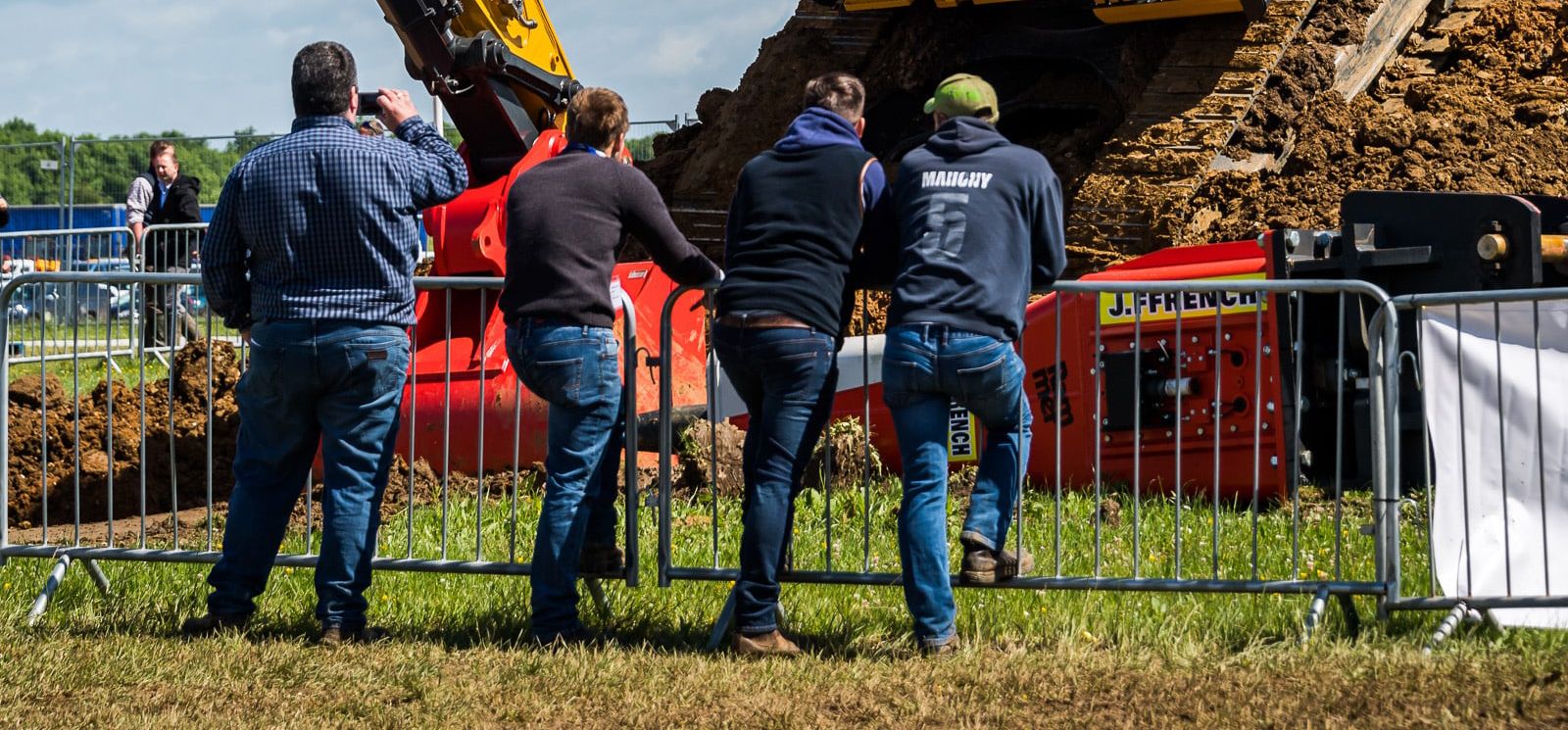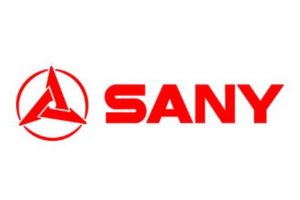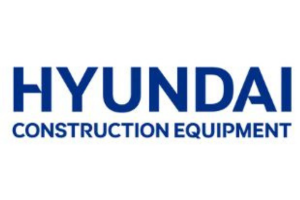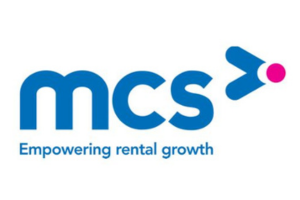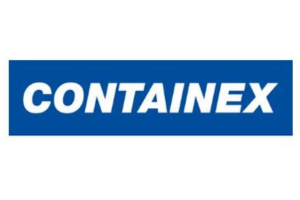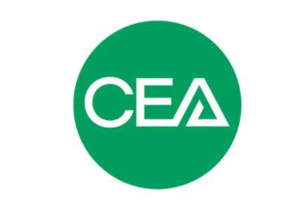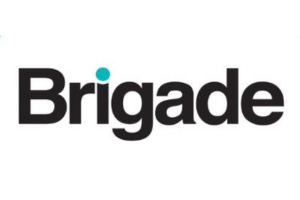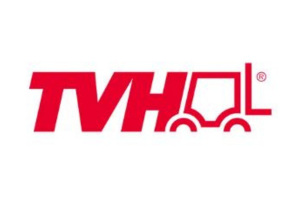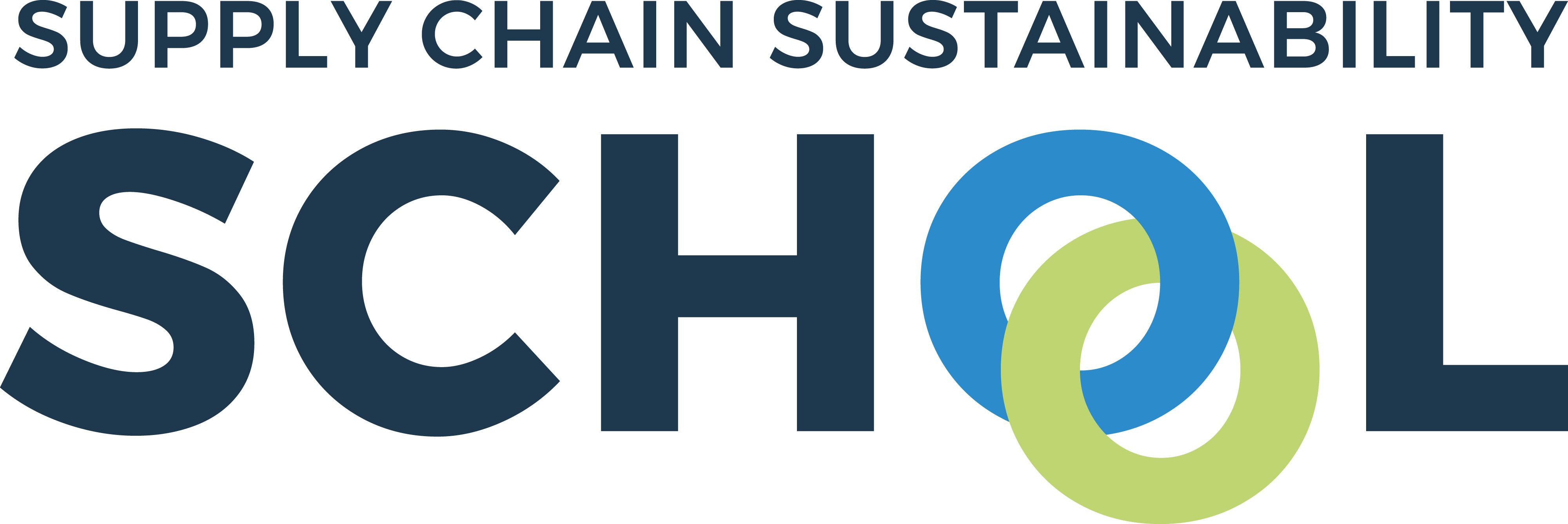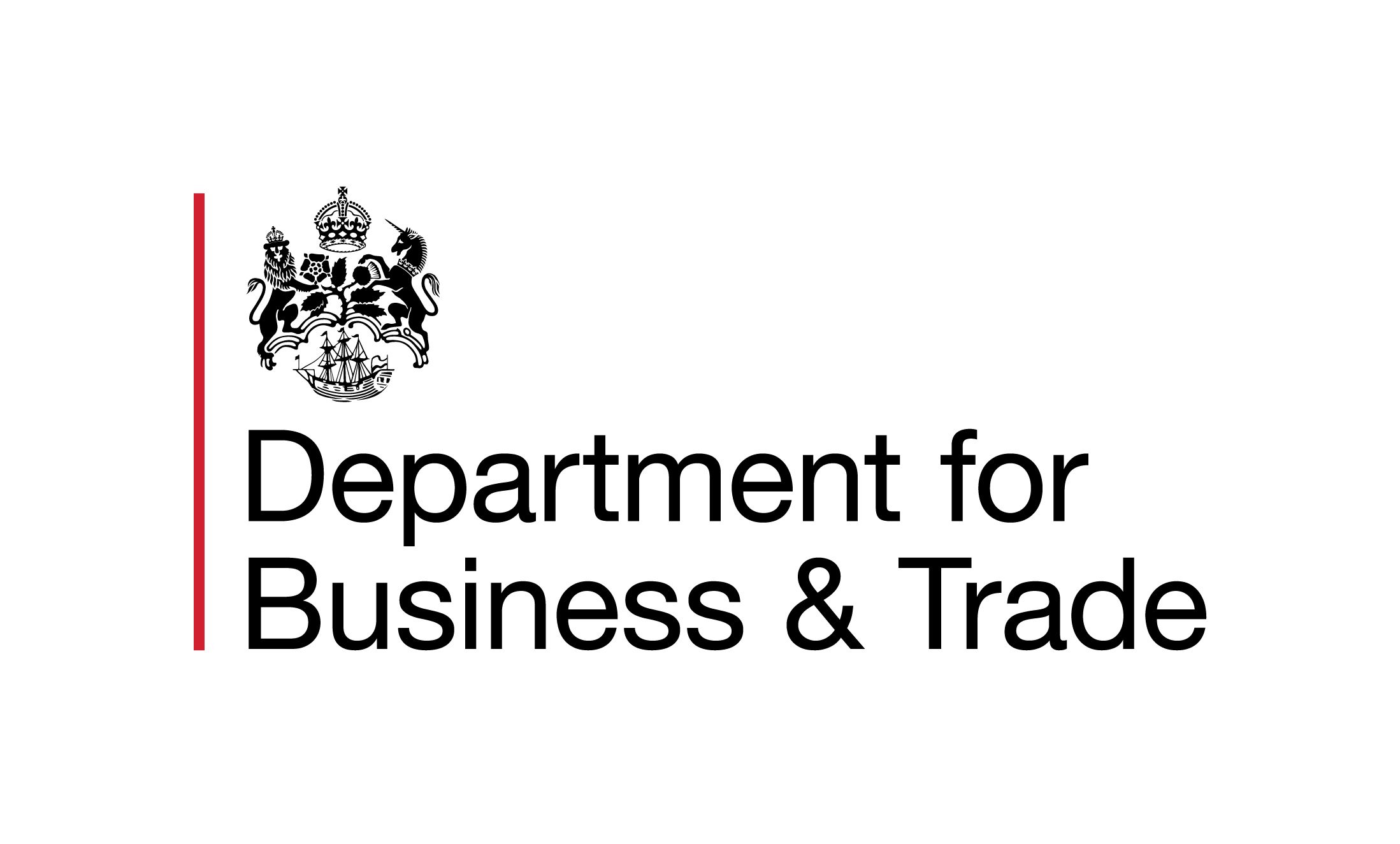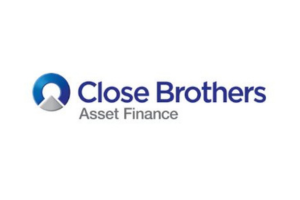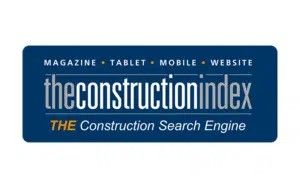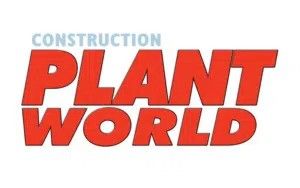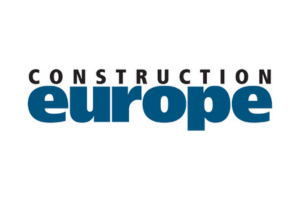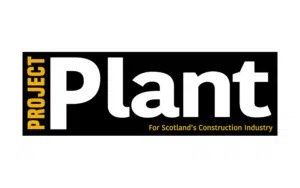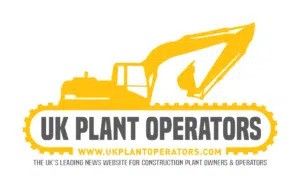Cost, infrastructure, and client demand – realities of adopting low-emission plant
)
Net-zero targets push electric and hydrogen equipment into the spotlight
The construction sector faces mounting pressure to meet ambitious net-zero targets, pushing electric and hydrogen-powered plant to the forefront. Yet despite growing interest, significant challenges around cost, infrastructure, and client demand remain. , Peter Haddock, award-winning Journalist, Vlogger & Podcaster at Contentforindustry.com speaks to industry leaders at H.E. Services, L Lynch, & Plantforce to explore these issues.
Unlocking the potential of battery-electric machines - the role of infrastructure and cost
Sam Mercer, Plantforce: "Most major sites, especially during the enabling works phase, don’t have grid access, and charging large machines without that infrastructure is incredibly difficult. We brought some battery-electric machines from Holland to the UK last year. It’s a great technology, and there’s a lot of interest—people want to hear more about hydrogen and battery-electric machines. But the big challenge right now is cost. These machines are still underperforming from a rental point of view, and at the moment, they have a price tag considerably higher than a comparable diesel machine. That cost is passed on through rental rates, making them a difficult sell. The shift will be tough until the costs come down, or until something like carbon credits or government-backed support is introduced, like in Holland, where there’s a 50% grant for zero-emission equipment."
Why Government incentives are key to zero-emission adoption
Chris Gill, L Lynch Plant Hire: "Until the government either provides meaningful incentives for using zero-emission equipment or introduces penalties for not using it, adoption will remain slow. Without that push, either in the form of incentives or tax breaks, we’re not going to move fast enough to meet our 2030, 2045 or 2050 climate targets."
Hugh Edeleanu, H.E. Services: “Customers tend to want electric machines when they have to use them, usually because of planning or environmental constraints. For example, if they’re working in a basement where diesel fumes aren’t allowed, or next to a noise-sensitive area where a diesel engine running through the night would be a problem. There’s also a clear cost implication, especially if you finance that purchase. And very few people are going to pay three times the hire rate of a diesel machine unless they absolutely have to."
Could Kubota’s dual-power retrofit finally make electric plant practical for the hire sector?
One manufacturer answering the call for practical, low-emission solutions is Kubota, with a retrofit system that allows operators to switch between diesel and electric in just 1.5 days—no compromise on performance, and only seven components to change.
“This is about making your machine as productive and profitable as possible,” said Gordon Smith , CE Product Manager, Kubota UK, at bauma. “Hire customers want electric—but not every time. Now, they can convert when needed, and just as easily convert back when the job’s done.”
The system is backed by Kubota’s own charger, which doubles as a mobile site power station. The machine, attachments, and charger are all designed to travel together on a single towable trailer—bringing genuine flexibility to the hire market.
Kubota will be exhibiting and demonstrating this technology at PlantWorx 2025. To watch the full interview with Peter Haddock and Gordon Smith click on this link
Discover Real-World Solutions for Low-Emission Construction at PlantWorx 2025
PlantWorx returns on 23-25 September 2025, bringing together over 12,000 professionals from across the construction industry.
Explore solutions, infrastructure, and industry insights on low-emission plant at PlantWorx 2025, 23-25 September, Newark Showground. Register free to be part of the conversation.
Register for PlantWorx 2025 here

